Laboratory equipping was supported by infrastructural ERDF project no. RC.2.2.06-0001: “Research Infrastructure for Campus-based Laboratories at the University of Rijeka – RISK”
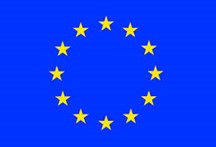



Europska unija
Ulaganje u budućnost


Laboratory equipping was supported by infrastructural ERDF project no. RC.2.2.06-0001: “Research Infrastructure for Campus-based Laboratories at the University of Rijeka – RISK”







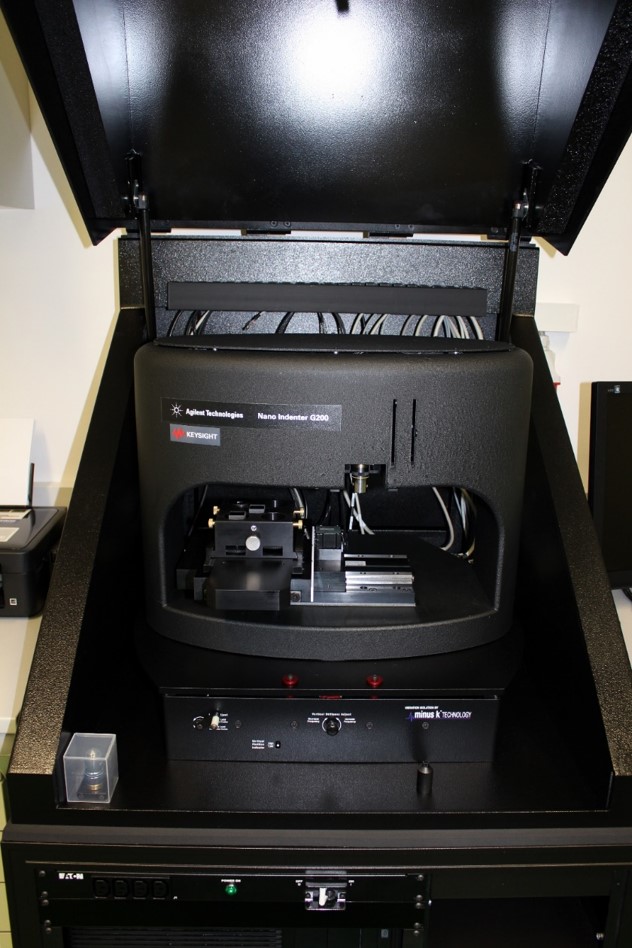
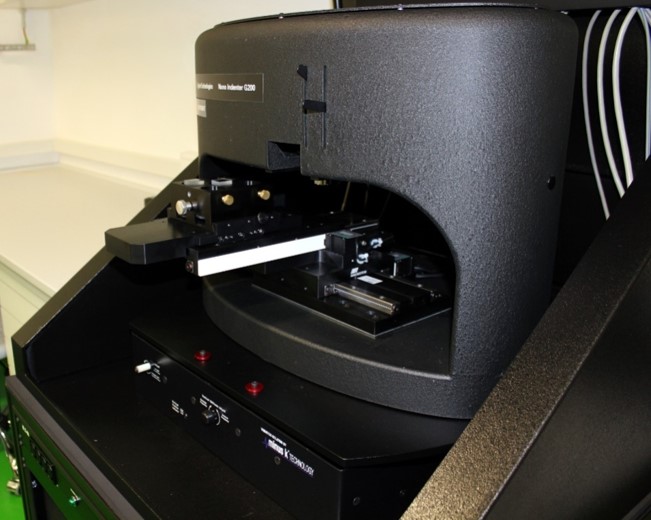

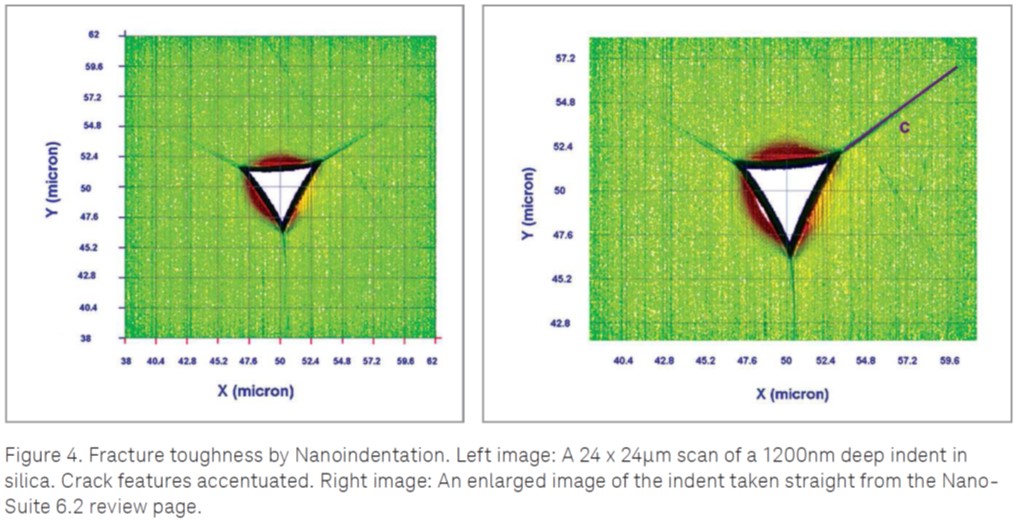








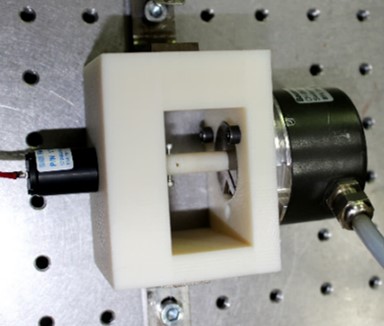








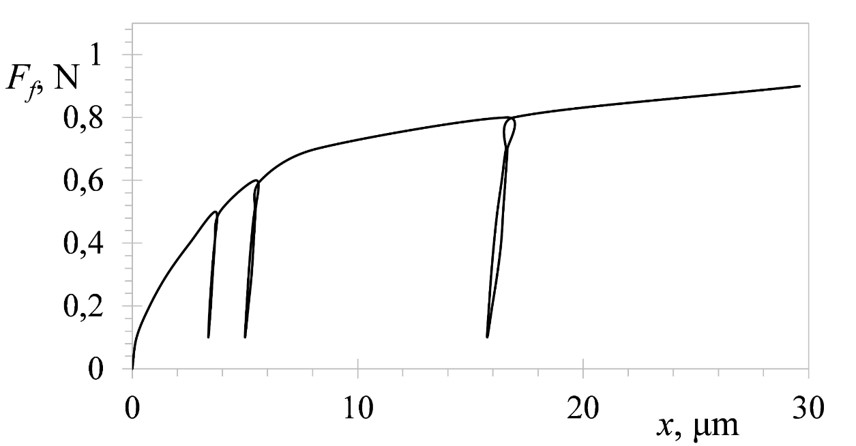
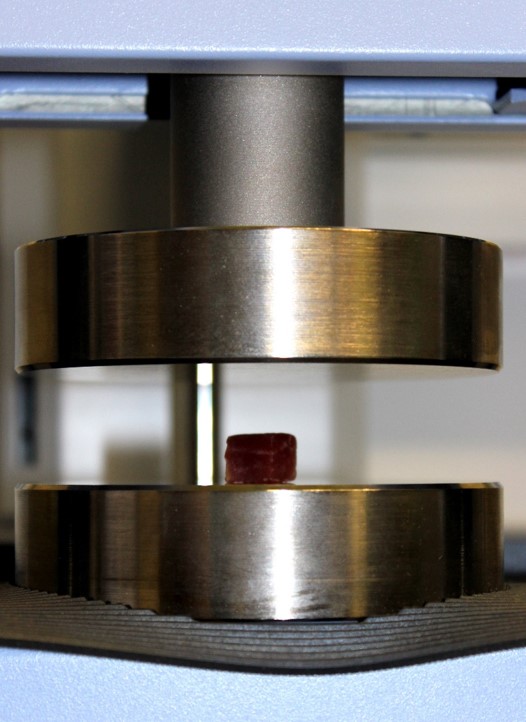







Laboratory for Precision Engineering and Micro- and Nanosystems Technologies
Radmile Matejčić 2
51000 Rijeka, Hrvatska
Head of Laboratory for Precision Engineering and Micro- and Nanosystems Technologies
Assist. Prof. D. Sc. Ervin Kamenar,
tel: 051 – 584-766
e-mail: ekamenar (at) uniri (dot) hr
Copyright © 2025 ·Education Theme on Genesis Framework · WordPress · Log in